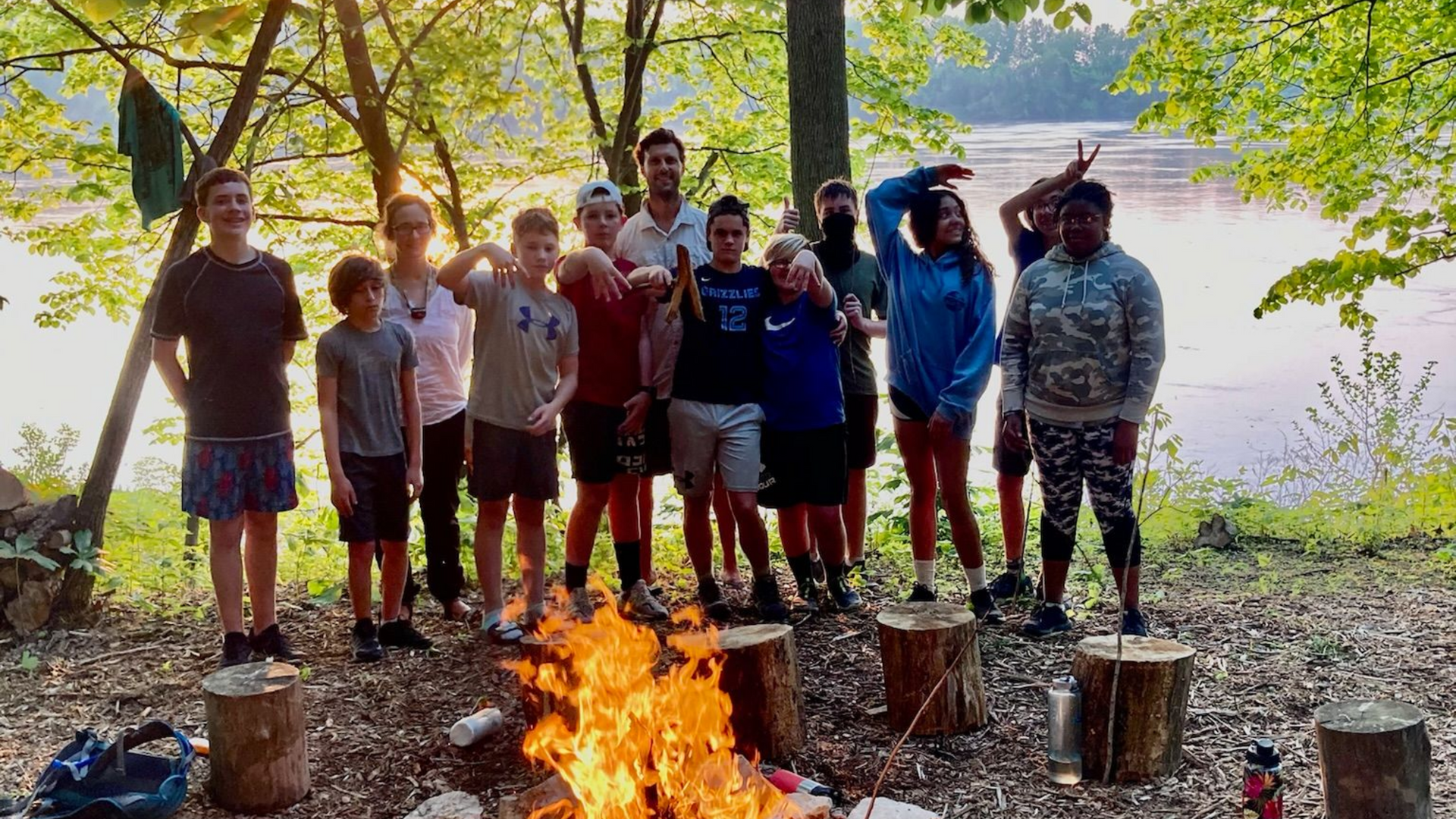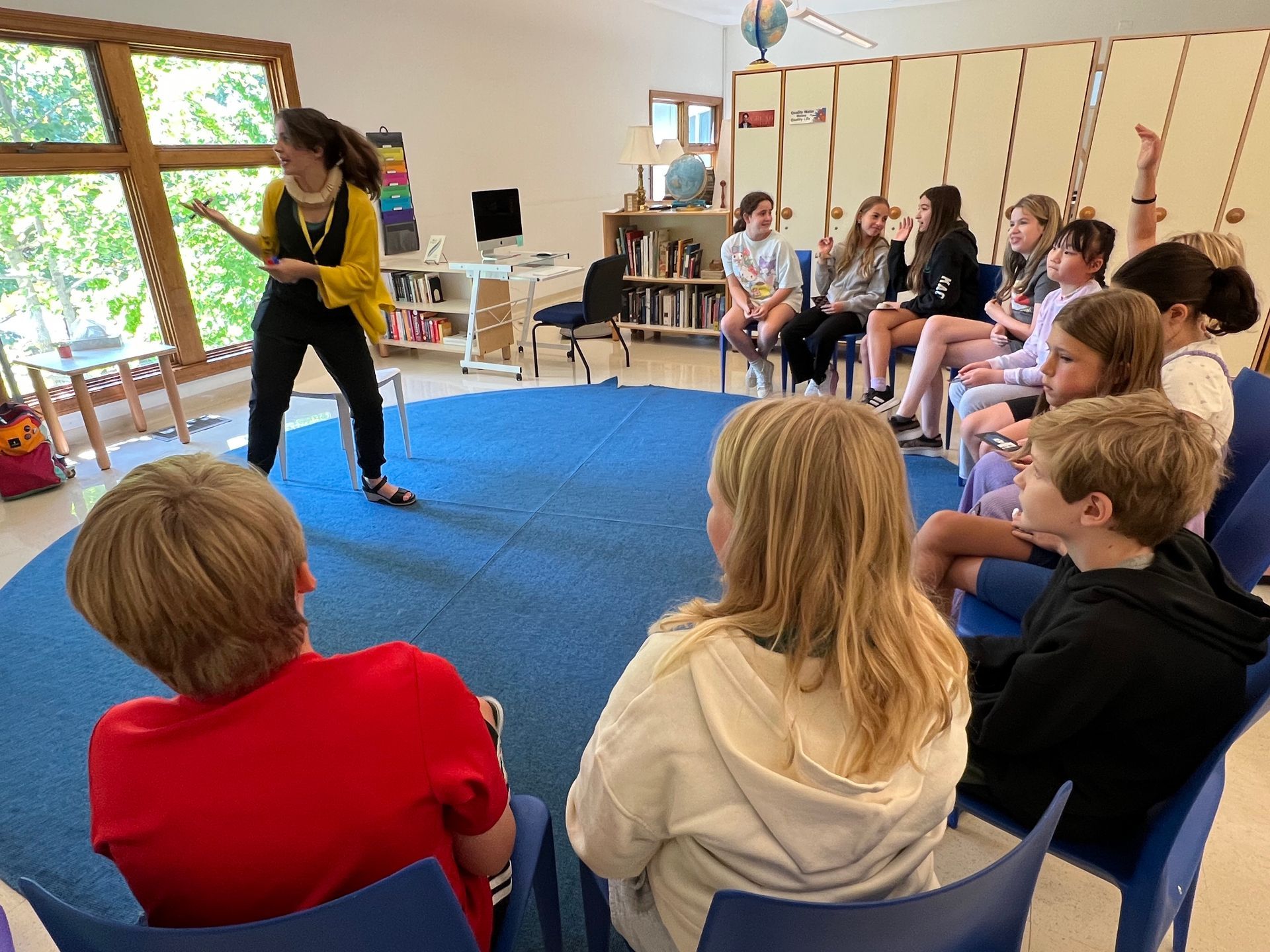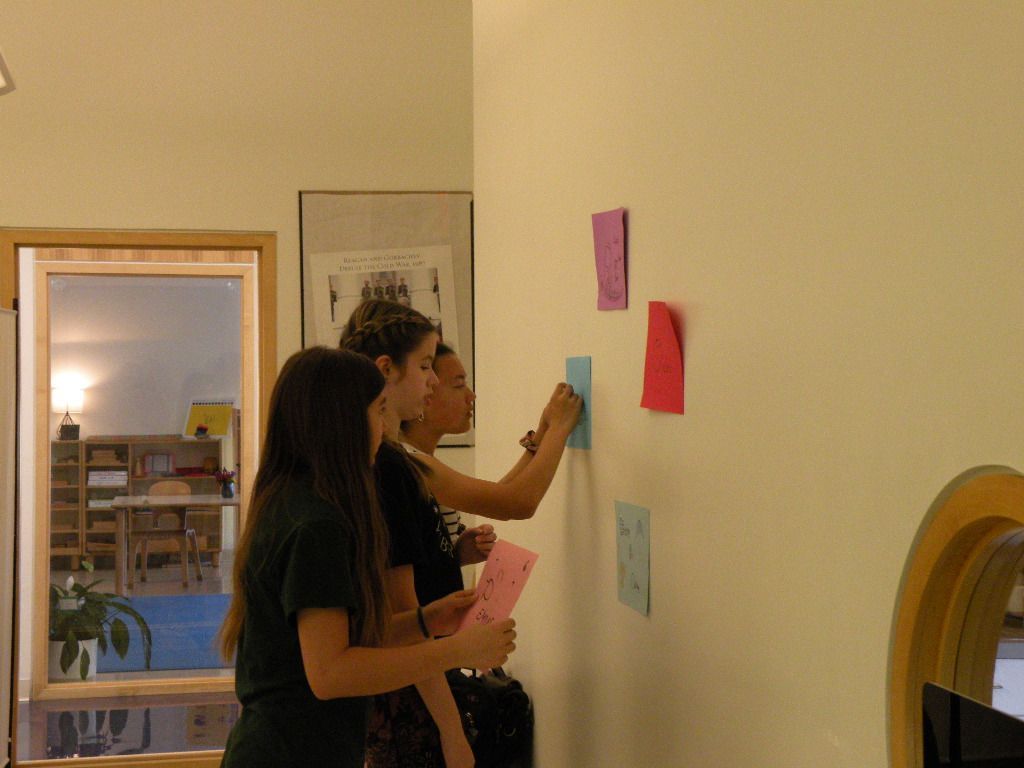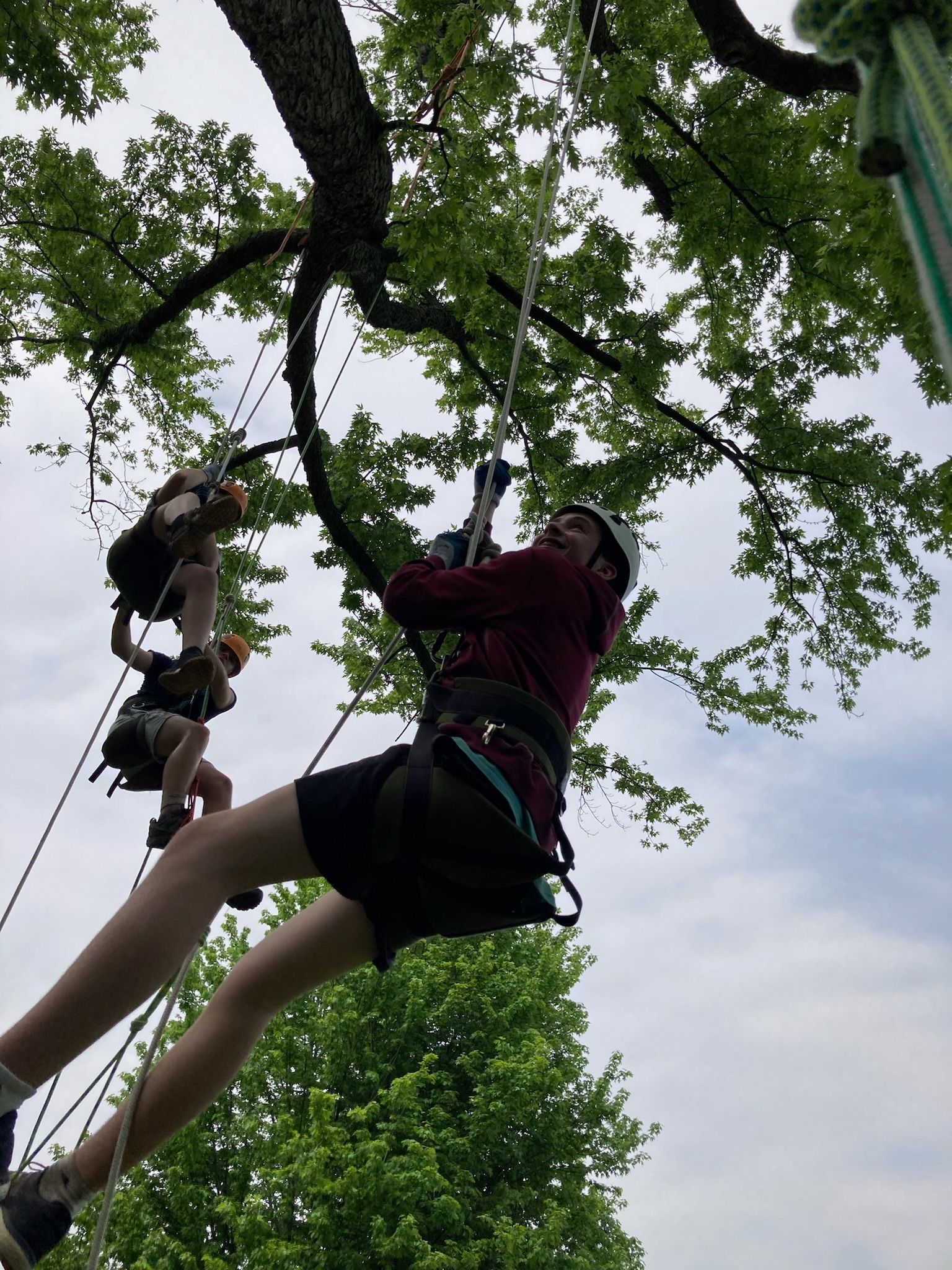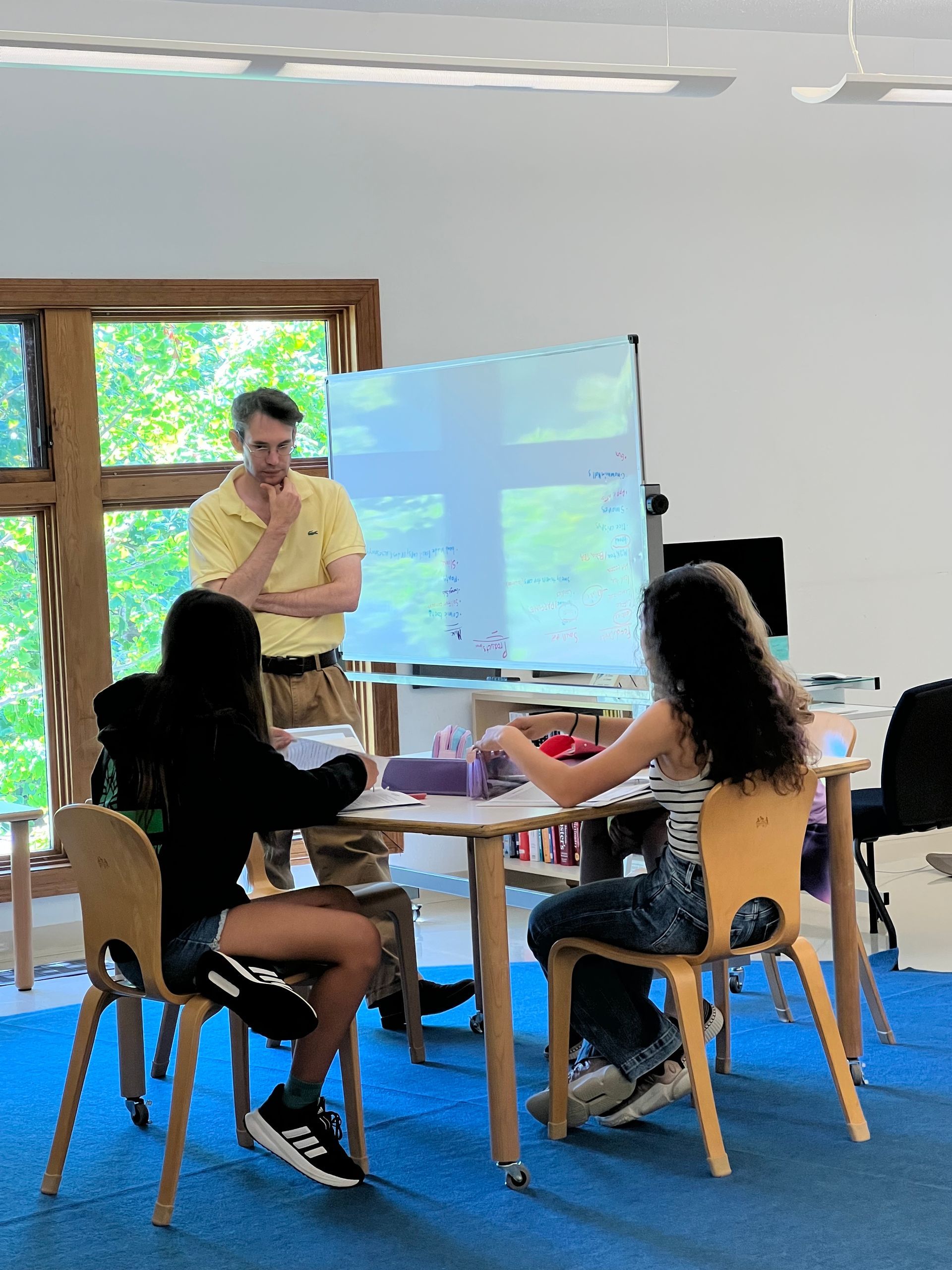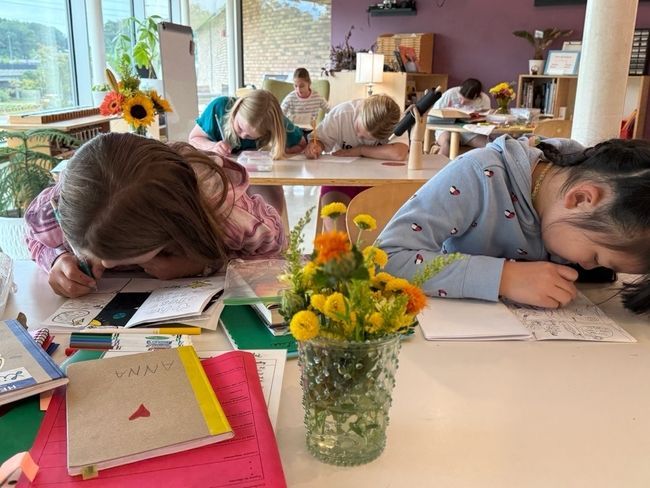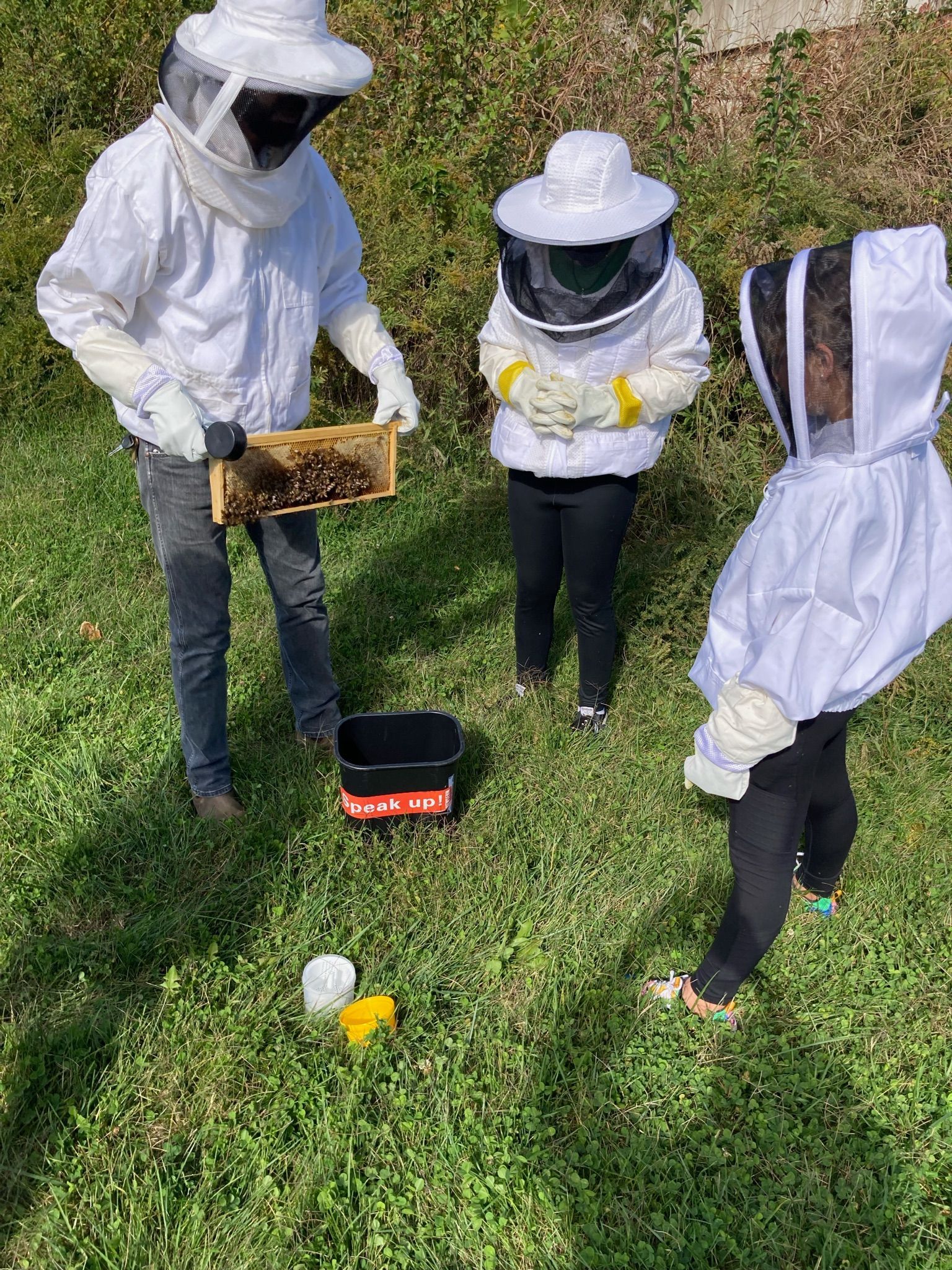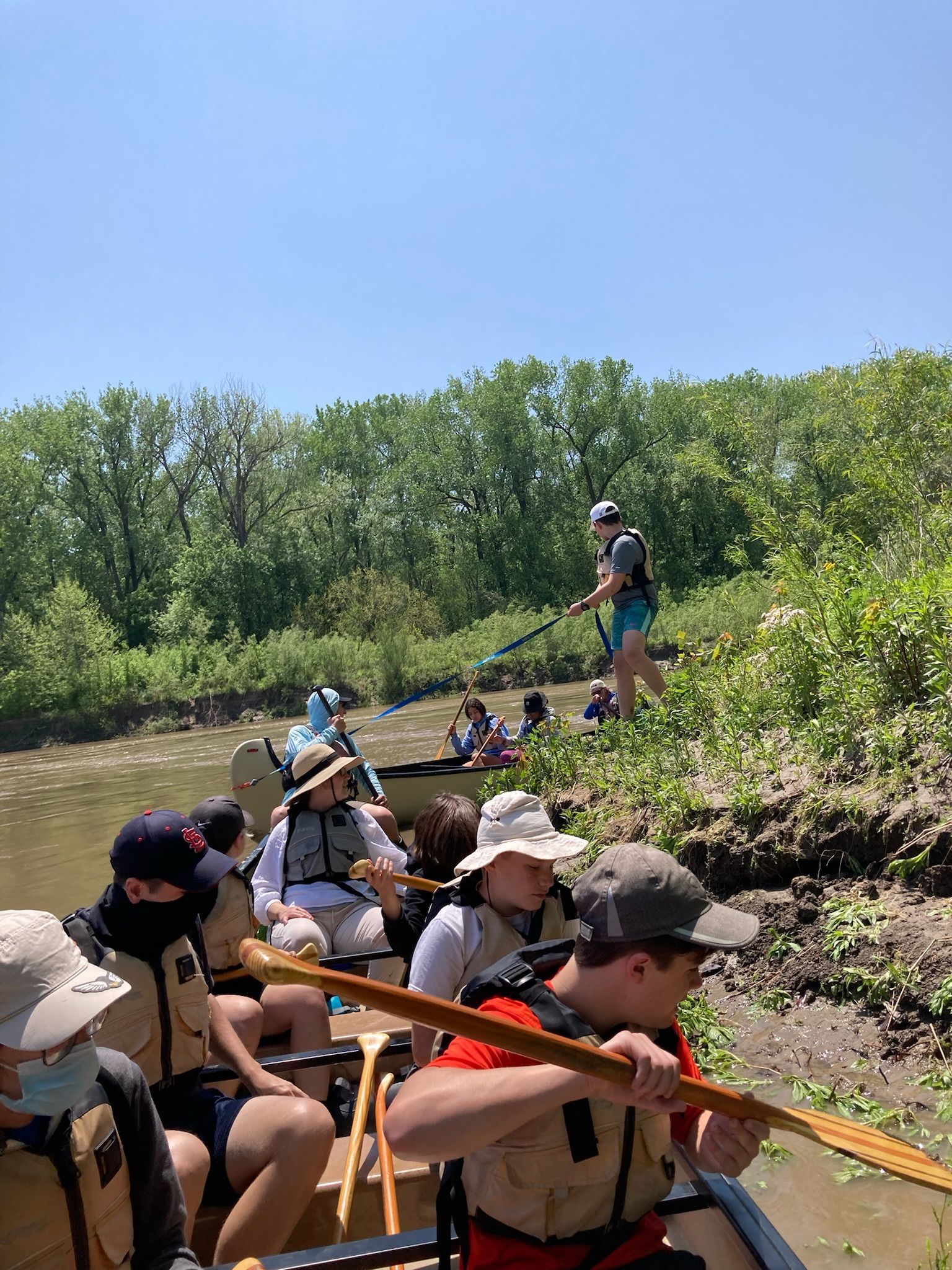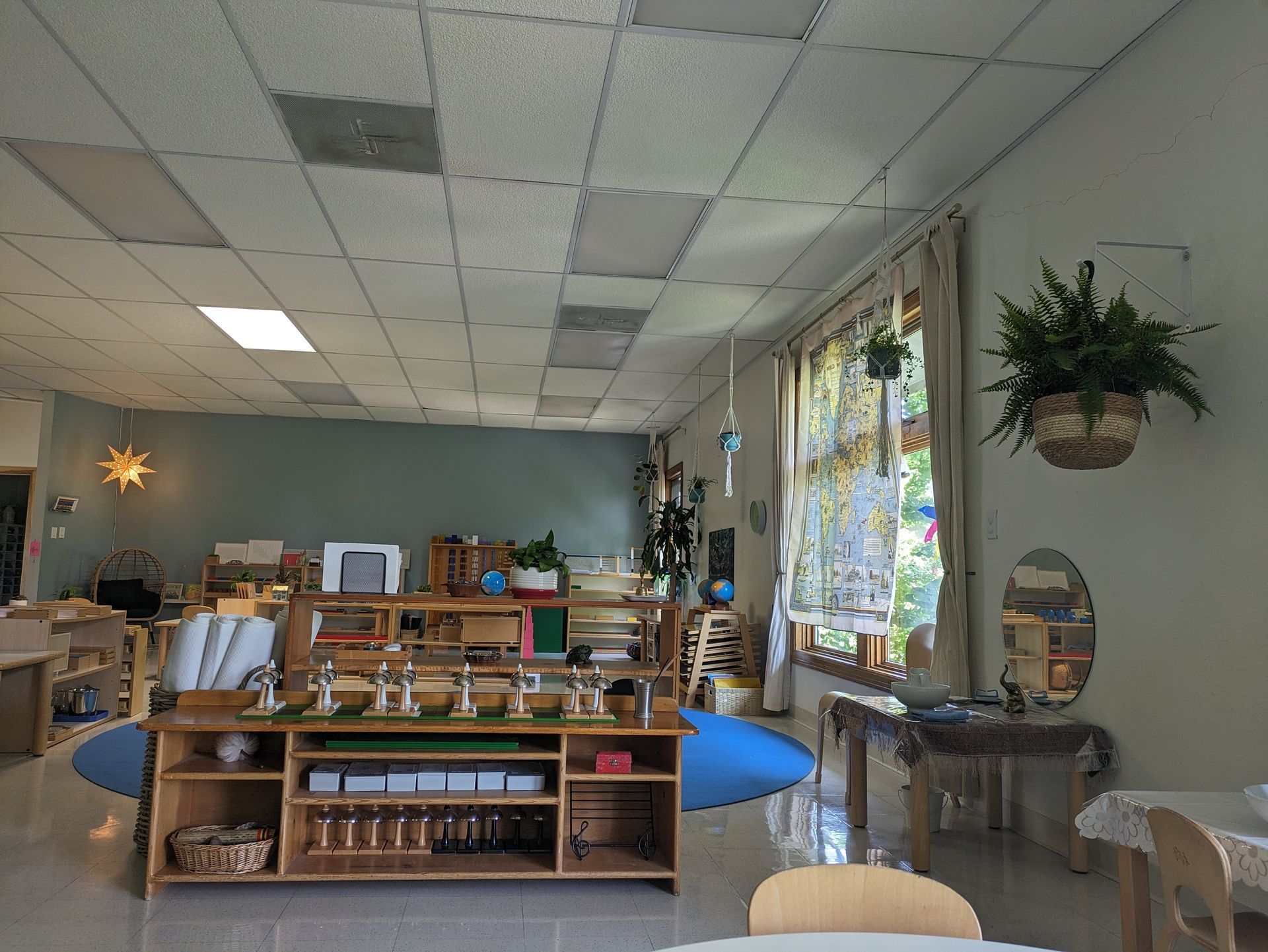The popular narrative about preteen and teen years is that they are difficult and conflictual. While these years are marked by turbulent changes in your child’s body, brain and emotions, harmony is possible with the right mindset and environment.
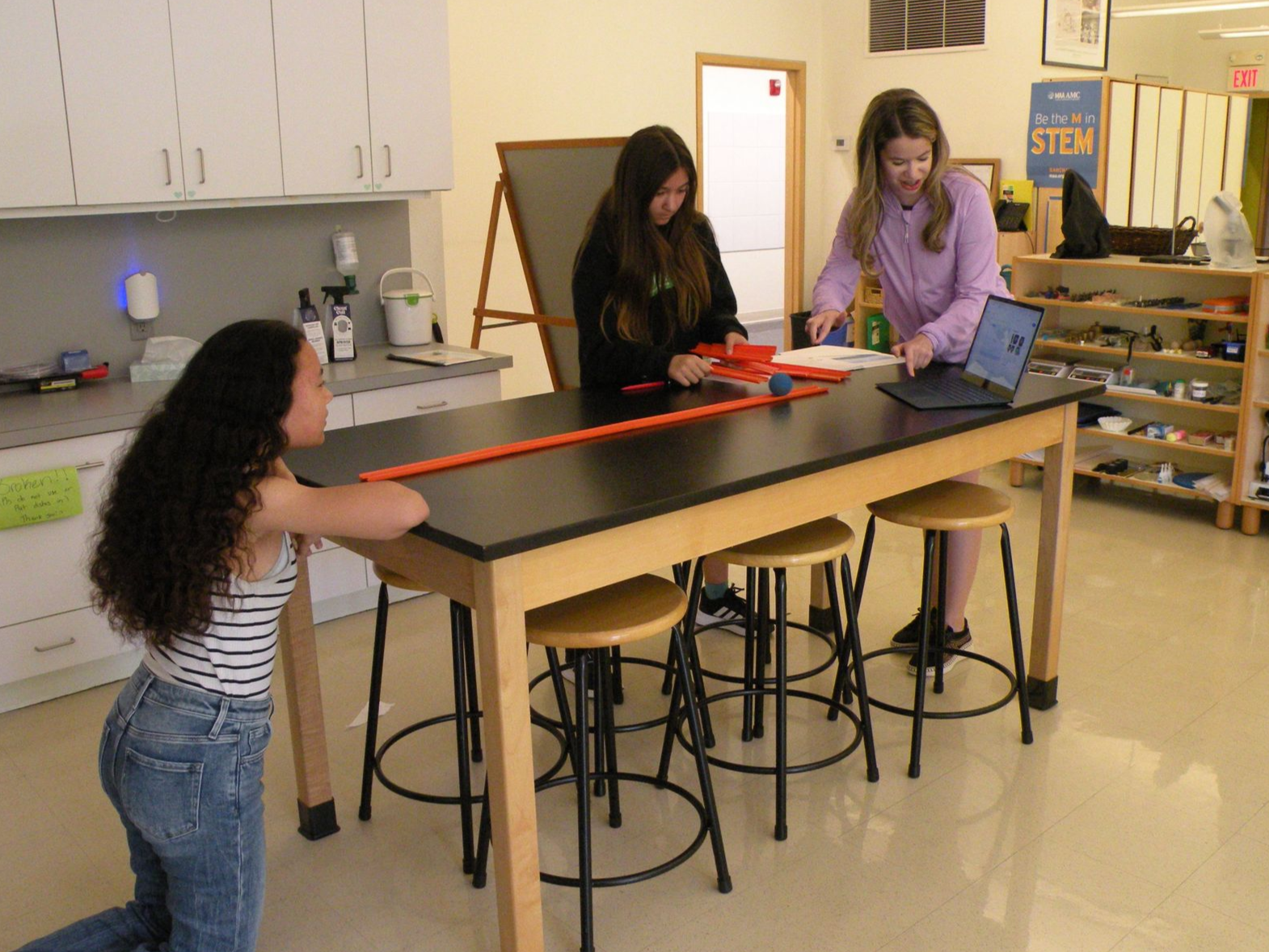
- Allow their freedom and limits to evolve.
It is completely normal for your child to want to spend more time with their peers, do things for themselves, and start making their own major decisions. These are beautiful signs that you’ve encouraged their independence and foundational confidence they can rely on. This doesn’t mean you should acquiesce to your child’s every request for complete independence. But, it can help to expect that they will ask, and checking our own internal dialogue and expectations can help you figure out what’s best.
2. Challenge yourself to listen more.
Eye rolls and groans are a stereotype of this age for a reason, and that’s okay! It’s common for them to get easily annoyed by hearing things they feel they already know. Additionally, your teen may feel like it’s hard to talk to you about sensitive topics, even if they want to.
Pay attention to their comments and questions, and reassure them that you’re here to listen. Try not to cast judgement or solve their problems for them. They may just want a shoulder to cry on. They may welcome your ideas or solutions. Somedays they may say, “I just need to be alone.” Positive comments go a long way, and try asking questions about topics that they find interesting. Oftentimes the best approach is to listen and ask what they need from you.
3. Let them be kids a little longer.
Adolescents have a growing desire to be perceived as adults. And while their word view is rapidly expanding, it is important for parents to protect their child from social pressures and stereotypes that can be damaging to emerging adults.
In traditional middle schools, it’s common for students to feel pressure to dress and act like adults — and their perception of what that means is too often distorted by media and peers. It can be challenging to find the balance between their increased desire for social and economic independence and your wish as parents for them to stay a child.
At Chesterfield Montessori, we make conscious efforts to let our students’ minds and body develop slowly. At our school, you won’t find the same set of typical social pressures because our students are less concerned with makeup, clothing trends, or gossip. They’re surrounded by peers and adults who appreciate one another’s unique talents and personalities. As a result, we notice our students are happy, curious, and confident in themselves in truly astounding ways.
4. Reduce screen time and get outdoors.
Adolescents are exploring new capabilities and their own bodies. They want (and neurologically need) to take risks. Additionally, medical research continues to show that too much screen-time negatively impacts sleep habits and brain development for adolescents. Finding healthy risk-taking activities is a great way to reconnect with nature, make family memories and avoid screen-time. Some suggestions include a ropes course, a backpacking trip, rock-climbing, biking through your neighborhood or pickle ball.
5. Teach them to ask new questions, and let their answers be wrong.
While they are acquiring more freedoms, independence and knowledge, Adolescents are asking fundamental questions: How does society work? How do I fit into it? What is my role? These are urgent, developmental inquiries.
Related to the tendency for repetition and to self-perfect, Adolescents are also experiencing many new abilities. Being able to repeat and make those abilities more precise really appeals to them. They want to perfect that one move to sink the basketball into the net. They want to get the drawing of a character or a face just right. They might get frustrated and self-critical of their attempts. Try being gentle and reminding them that mistakes are just as important as getting it “right.” Offer them space to learn from those mistakes.
6. Expose them to people who think differently.
At CMS, our Adolescent guides offer opportunities for students to experience and understand different perspectives, while also considering how sensitive adolescents can be in moments of feeling like the spotlight is on them or that they are misunderstood. Exposure to people with a variety of opinions, life experiences, appearances and ways of thinking can help them clarify and strengthen their own beliefs and values.
7. Make learning meaningful to their own lives.
If Adolescents feel connected to the purpose of the work, if it has personal or social value, they can take on monumental challenges. Adults can support these experiences of purposeful work that has a real impact. This often means working side-by-side with adolescents to get the work started and to help them find a connection to why the work is important. Likewise, adolescents are eager to dig into difficult intellectual work, again if it has relevance and purpose for them and their social group.
8. Give them room to explore who they are and how they matter.
As time goes on, pay attention to what your child shows interest in. Ask them questions, be curious, and remember to comment on their efforts rather than the product of those efforts. Show up when they need you to. They may not always see themselves as a painter, baseball player or actor, but they will absolutely remember the feeling of having a parent who supported them as they experimented with their hobbies and passions.
9. Surround them with adults who understand the unique developmental needs of this stage.
Adolescents relish the opportunity to collaborate in adult-level work. This side-by-side work also offers us, as adults, the opportunity to respectfully share information and teach skills, without risking offending our adolescents.
One study that followed seventh graders found that students in Montessori environments reported a strong sense of autonomy, confidence, and community. Another study comparing Montessori and traditional middle school students found that Montessori students demonstrated higher levels of intrinsic motivation, energy, and flow, which is the focused state of being fully immersed in meaningful work. These researchers concluded that Montessori’s approach offers a valuable model for middle school innovative and student-centered education.
Research confirms what we see every day at Chesterfield Montessori: when adolescents are given choice, meaningful work and a supportive community, they thrive. Over 90% of the students who attend CMS through the Upper Elementary program are admitted to their first-choice secondary school. Students leave CMS feeling capable, energized and ready for the challenges ahead.
We invite you to schedule a tour to learn more on how our program is specifically designed for Adolescents’ development needs!
